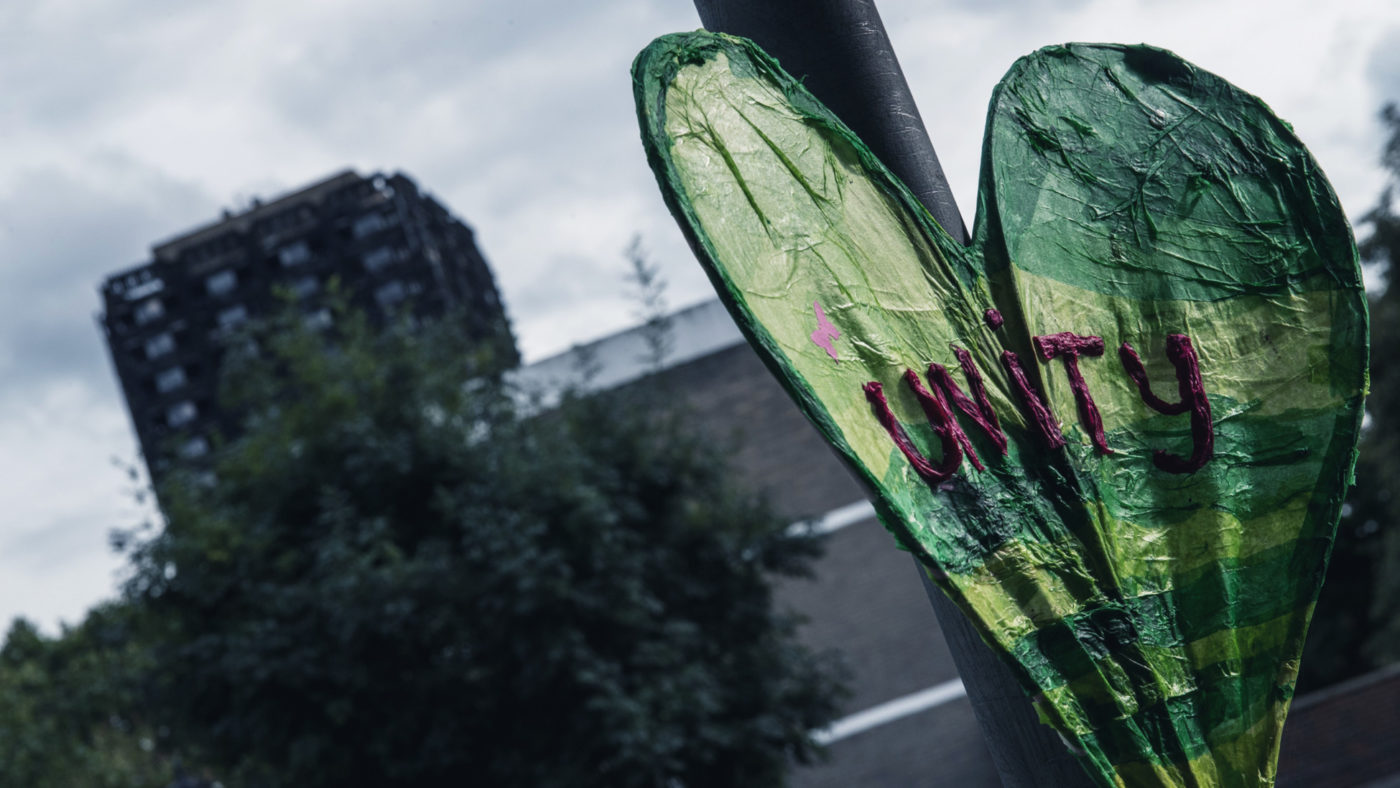The fire in Grenfell Tower, which began shortly after midnight on the morning of June 14 2017, killed 71 people. Three hundred and seventy-six households from the Tower and from neighbouring buildings were made homeless. Health professionals estimate that over 10,000 people from the wider community will experience physical or mental health problems as a consequence of the trauma of that night. The clinical director of the Grenfell Tower Mental Health Response Team described his work as “the biggest programme there’s ever been in Europe”.
We still don’t know the precise allocation of blame which led to the Grenfell Tower being wrapped in a flammable material while evacuation procedures failed to keep pace. Systemically flawed building regulations? Poor professional advice? A failure to follow rules or advice? The left hand not understanding the implications of the right hand’s actions. Or (I suspect most likely) a combination of these and others.
However, there is one thing that we do know. Over many years, the perception grew that council staff (and the staff of the Tenant Management Organisation or TMO, which has been managing the estate for the council) were not accountable to residents but to a distant bureaucracy. Many residents came to believe that the council did not take seriously residents’ safety, let alone their general quality of life, and were not making the right decisions.
Would a privately managed block have undertaken the refurbishment carried out by the TMO in the way that they did? One expert in community housing is certain that they would not; “if Grenfell Tower had been owned by residents they would never have approved the refurbishment that led to the fire, because no homeowner would have considered those particular works either necessary or a good use of their own resources”.
And this really points the way. The problems of council design and management (sometimes good, sometimes bad, but always in charge) cannot be solved by one enquiry or one new management team. The better way forward for the Lancaster West Estate (of which the Grenfell Tower is a part), as Danny Kruger of the Legatum Institute and I argue in a new paper, is for the council to give residents their estate.
Community Land Trusts are already familiar in rural areas – the oldest dates from 1924 – and the model is catching on in cities too. In the Walterton and Elgin Estate in nearby Westminster, residents forced the council to hand over their homes in 1992. They now run the place themselves and it is, quite simply, inspiring.
The model is simple. All residents are members of the trust, empowered to elect their leaders, who in turn appoint the executive team who manage the estate. Rents are retained in the communal fund and spent on upkeep and services. The estate owns an enormous asset. It can therefore borrow cheaply to finance building works, including the development of new homes, which are (unlike in most estates) popular with residents.
The government and council have rightly pledged to allow the families of Grenfell Tower to decide what happens to the site of their former homes. The same principle should apply to the rest of the Lancaster West estate.
No change in governance or management can make good what happened last year. But if the right decisions are taken, the legacy for the community and for society can, in part, be a good one. Our hope is that the neighbourhood of Grenfell Tower may make something beautiful for the future: a new model of community living that will inspire the rest of London and the UK.


